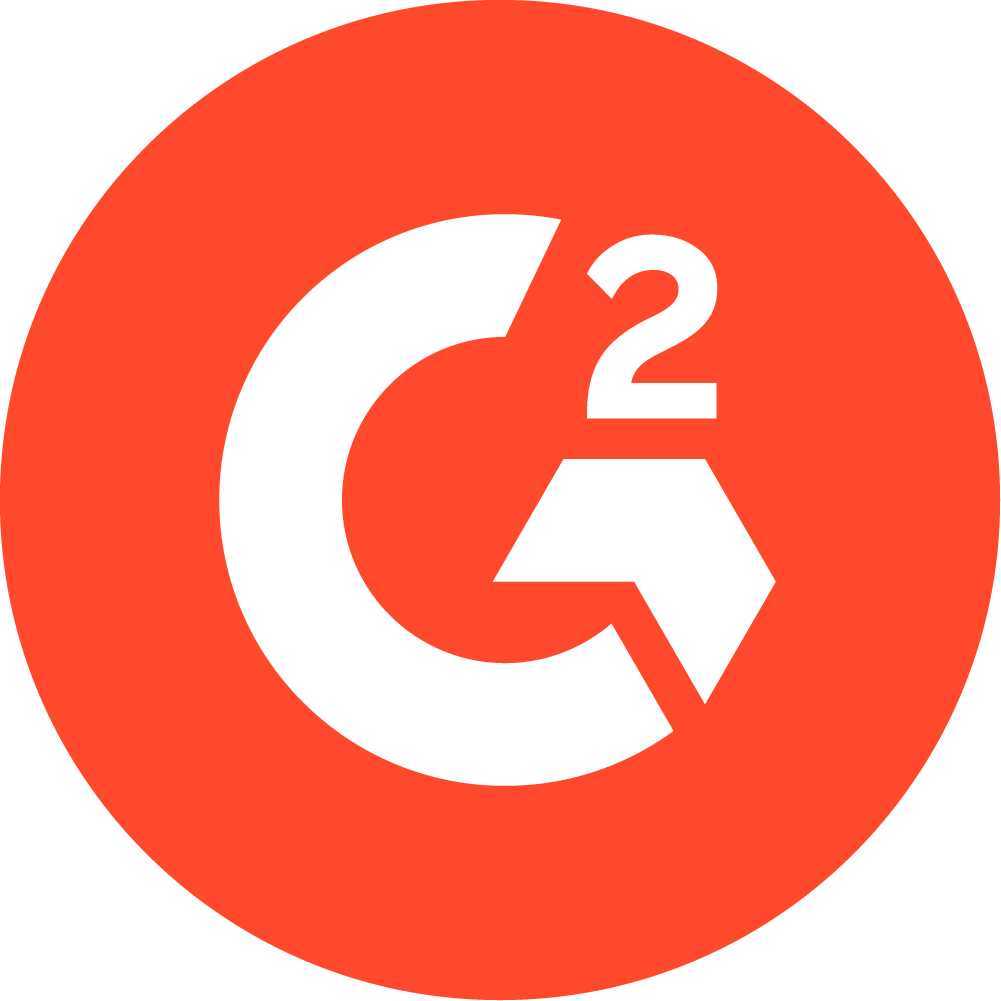The Surprising Metric That Will Help You Set the Right Patient Load
Finding the right therapist patient load for your providers is as simple as gathering staff feedback through Employee Net Promoter Score surveys.
The right patient load is important to maintain. An efficient patient flow without overstuffing PT, OT, or SLP schedules.

Subscribe
Get the latest news and tips directly in your inbox by subscribing to our monthly newsletter
Burnout impacts professionals in all industries, but it’s becoming particularly rampant in health care, with providers and administrators constantly struggling to juggle insurance, administrative tasks, documentation requirements with business operations, and patient needs. According to the 2023 State of Rehab Therapy report, 36% of rehab therapy professionals feel burned out, with high patient load and demanding documentation and regulatory requirements as two of the top reasons for that burnout.
Managing a therapist patient load can be challenging in today’s financial environment. That same report found that while the average patient load dipped slightly from 2012, the average full-time provider still sees 12 patients per day. This number isn’t surprising, as high patient loads have become necessary for many practices due to declining reimbursements. After all, your therapists won’t have a practice to work in if you don’t earn enough money to keep the lights on—and your patients won’t have access to quality care.
So, how can you maintain an efficient patient flow at your therapy practice without overstuffing therapist schedules? It’s a balancing act that transcends outdated productivity metrics and is crucial to your success. The good news? There are alternative metrics you can track to help you set the right patient load for your therapists; that way, both your patients’ and your providers’ needs are being met. Perhaps the best tool to gauge staff sentiment is Employee Net Promoter ScoreⓇ (eNPSⓇ). What is eNPS, you ask? Keep reading to learn all about it.
eNPS is a version of NPS.
We’ve talked about NPS before—and that’s because we’re huge proponents of it, both for clinic use with patients and company use with employees. Collecting and acting on the feedback from an internal eNPS process can help you find your practice’s patient-load sweet spot (among other actionable insights).
Adding eNPS into your practice seems like a common sense move, but given rehab therapy’s poor showing when it comes to data collection, gathering additional information—no matter how useful—is anything but standard. While our 2023 State of Rehab Therapy report didn’t ask respondents about employee satisfaction surveys, it’s hard to imagine the number of practices employing it is higher than the 38% collecting patient satisfaction data. Along those lines, 22% said not knowing what data to collect or how often was the biggest challenge in leveraging data, with 19% saying their data collection processes are poor.
With that in mind, here’s a brief explainer on eNPS and some tips on how to make the most of the feedback you’re gathering from your staff.
eNPS divides respondents into three groups: promoters, passives, and detractors.
If you’re not already familiar with eNPS, here’s the gist: At regular intervals, you’ll send your employees a note asking them, on a scale of 0 to ten, how likely they are to recommend your practice as a place to work (confidentially and anonymously, of course). Then, you’ll leave plenty of room to collect open-ended, detailed feedback about their numbered response. (There are tons of free or low-cost tools you can use to distribute NPS surveys. Here’s one example.)
Employees who provide a score of zero through six are considered detractors and—in addition to being unhappy at work—may be actively looking for another job. Employees who score a seven or eight (a.k.a. passives) may be satisfied with their job but not particularly loyal to your practice. And employees who score a nine or ten (a.k.a. promoters) are most likely happy with your practice. Given that most of your staff enjoy staying busy—up to a healthy point—and want to serve their patients well, we can assume that promoters aren’t burned out.
The open-ended answer section is critical.
Knowing your promoter-passive-detractor distribution is a great place to start in ensuring the majority of your providers are pleased with working at your practice—and are thus most likely satisfied with their current level of responsibility. However, the real juicy information will come from the open-answer feedback. After all, that’s where you’ll learn exactly why your detractors and passives aren’t more pumped to be affiliated with your organization. For example, if you see comments about feeling too much pressure, not being able to provide adequate care to patients, feeling burdened by productivity metrics, not having time to take care of personal needs during the day, or having a jam-packed schedule due to their therapist patient load, you’ll know it’s high time you pull back on caseloads, bring on a new staff member, or otherwise help your providers out.
Implementing eNPS at regular intervals will help you identify trends.
Because you’ll be implementing this process regularly, you’ll also be able to track your practice’s progress on the burnout front—and your employees’ response to organizational changes such as new hires, management swaps, and seasonal patient fluctuations. These trends can help you better prepare for things coming down the pipeline, either by adding personnel, shifting staff members between different locations, or even just opening up the floor to dialogue immediately following a change announcement. In other words, with this type of data at your fingertips, you can get ahead of burnout before it spreads. After all, if one provider goes down because of burnout, the others must pick up the therapist patient load, which means it won’t be long before the whole practice falls victim to burnout.
The purpose of eNPS is to get a baseline and make improvements.
Adding eNPS into your practice seems like a common sense move, but given the number of people in rehab therapy struggling with data collection, gathering additional information—no matter how useful—is anything but typical. In the 2023 State of Rehab Therapy report, only 38% of practices overall collect patient satisfaction data, suggesting that fewer are still collecting anything on employee satisfaction.
Remember: The purpose of using eNPS to collect this type of data is to ultimately make improvements to your practice to benefit your staff and patients. Thus, it’s imperative that you:
- Respect the anonymous nature of the process, even if you’re in a small practice or have a guess as to which employee provided specific feedback (unless the employee knowingly provides their name).
- Respond to individual feedback as quickly as possible—and use trends to make operational changes to address employee questions and concerns, especially those related to burnout. If you ask someone their opinion, they’re going to expect you to acknowledge it.
- Develop a system and adopt software that enables you to administer, track, and act on eNPS at regular, consistent intervals. That way, you have a baseline, and you can track your progress as you implement strategies for improvement.
There you have it: the surprising metric that will help you set the right therapist patient load is eNPS, and—bonus!—tracking and monitoring eNPS can help you obtain a whole lot of insights into the health of your practice and the happiness of your employees. Have you implemented eNPS yet? If so, tell us your experience with it in the comment section below.









